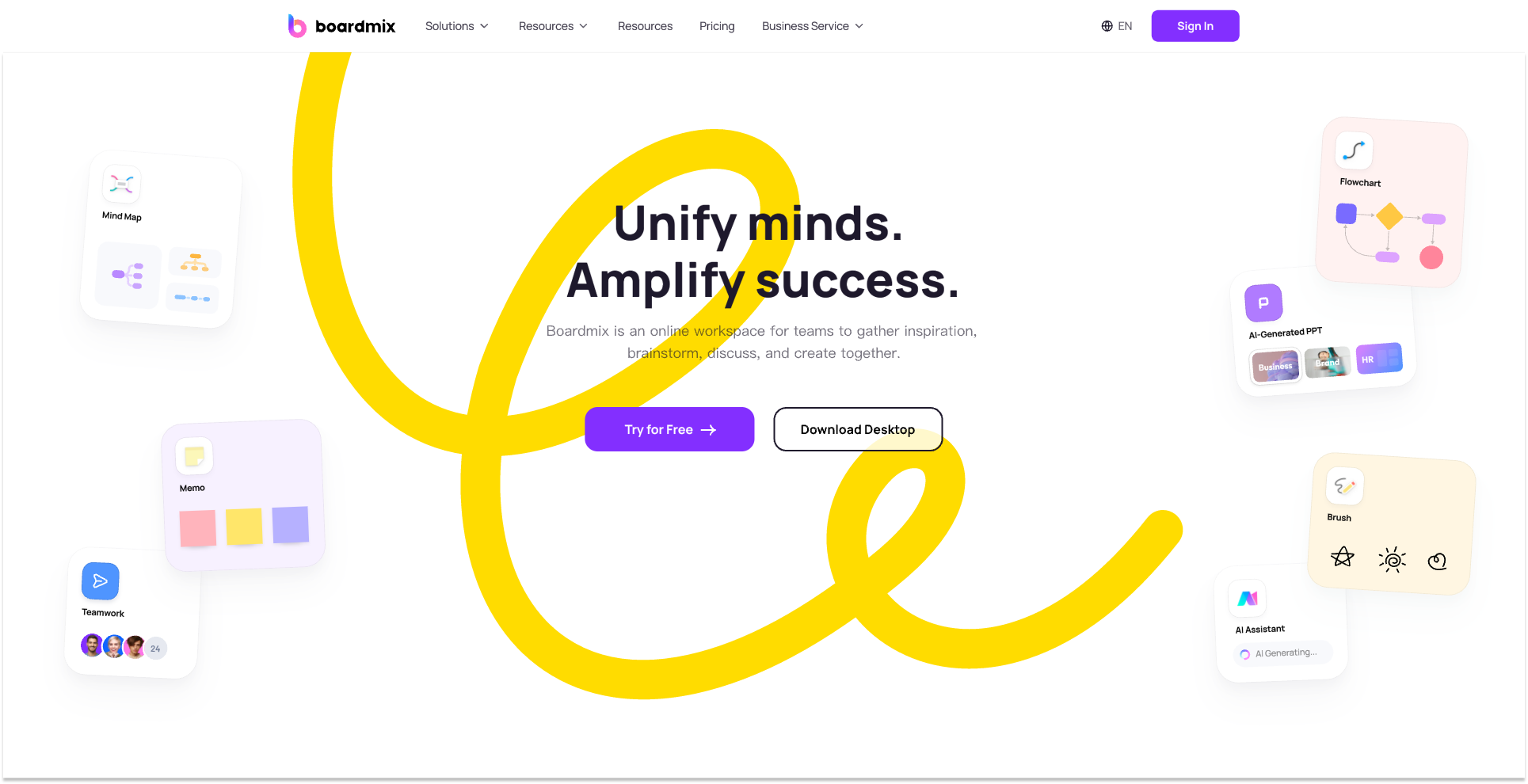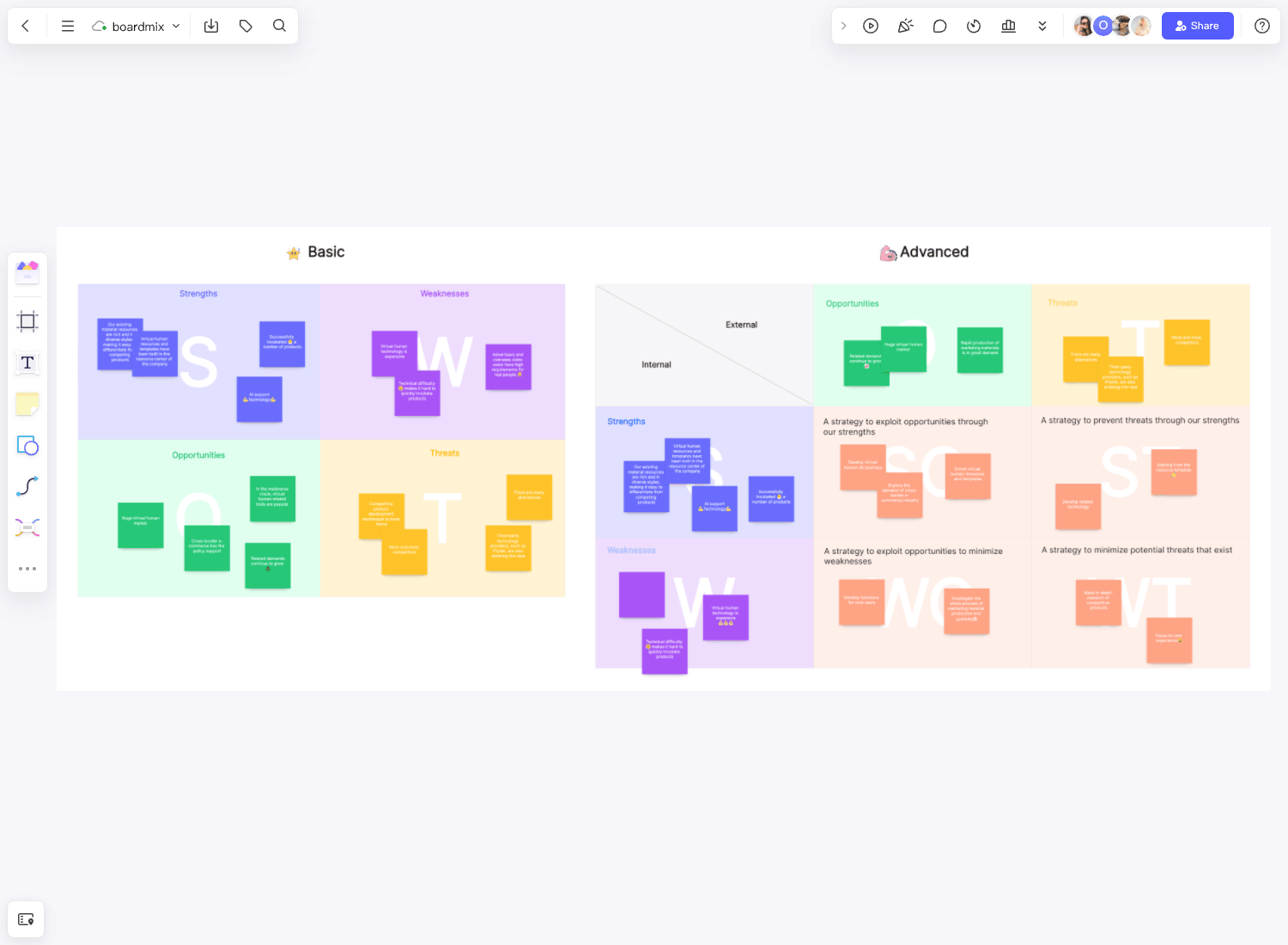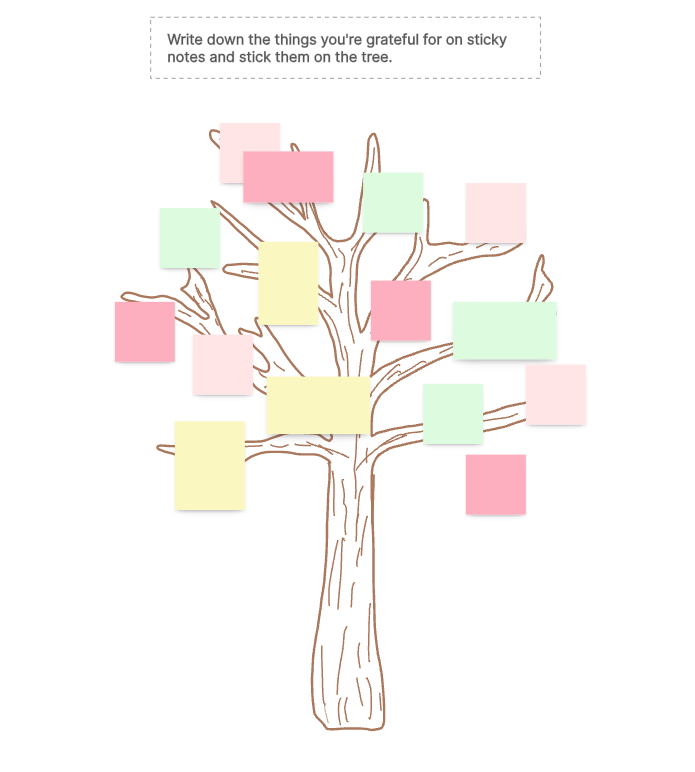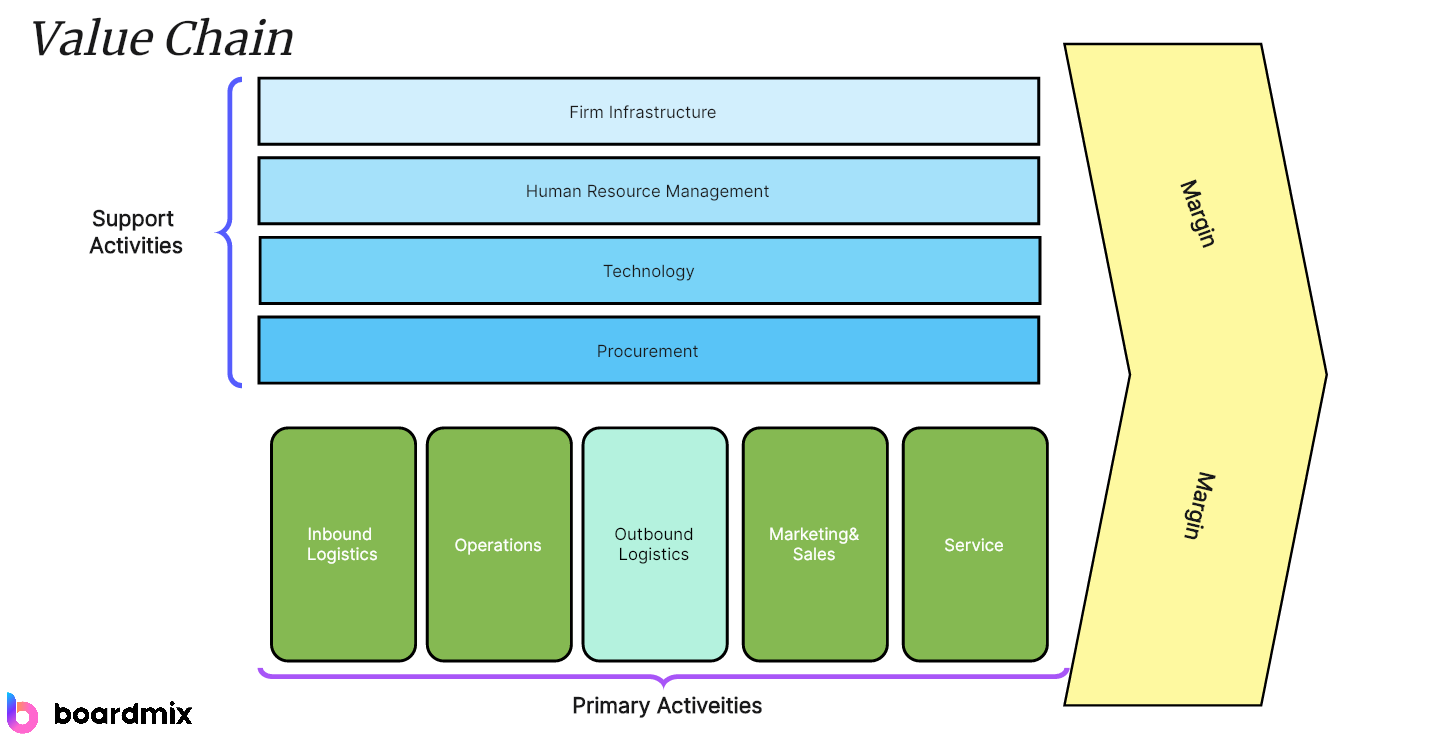Enterprise architecture (EA) is a framework that helps organizations align their business objectives with their IT infrastructure. A well-designed EA can help businesses achieve their goals by providing a clear roadmap for the development and implementation of IT systems. In this guide, we will discuss how to create a robust EA for your business.
What is the Enterprise Architecture Model?
An enterprise architecture model is a visual representation or framework that captures the structure, components, and relationships of an organization's IT systems and business processes. It provides a holistic view of the organization's IT landscape, including its hardware, software, networks, data, applications, and their interdependencies.
The enterprise architecture model typically consists of multiple layers, such as the business layer, information layer, application layer, and technology layer. Each layer represents a different aspect of the organization and provides a structured approach to designing, analyzing, and managing IT systems.
The business enterprise architecture model helps stakeholders understand how different components of the organization's IT infrastructure work together to support business operations and achieve strategic goals. It facilitates effective decision-making, planning, and implementation of technology solutions by providing a clear and comprehensive view of the organization's IT capabilities and resources.
Furthermore, the enterprise architecture model serves as a communication tool for various stakeholders, including business executives, IT managers, developers, and end-users. It allows for better collaboration, coordination, and alignment of activities across different departments and teams.
Overall, the enterprise architecture model is a valuable tool for organizations to optimize their IT infrastructure, improve operational efficiency, enable innovation, and adapt to changing business needs and technological advancements.
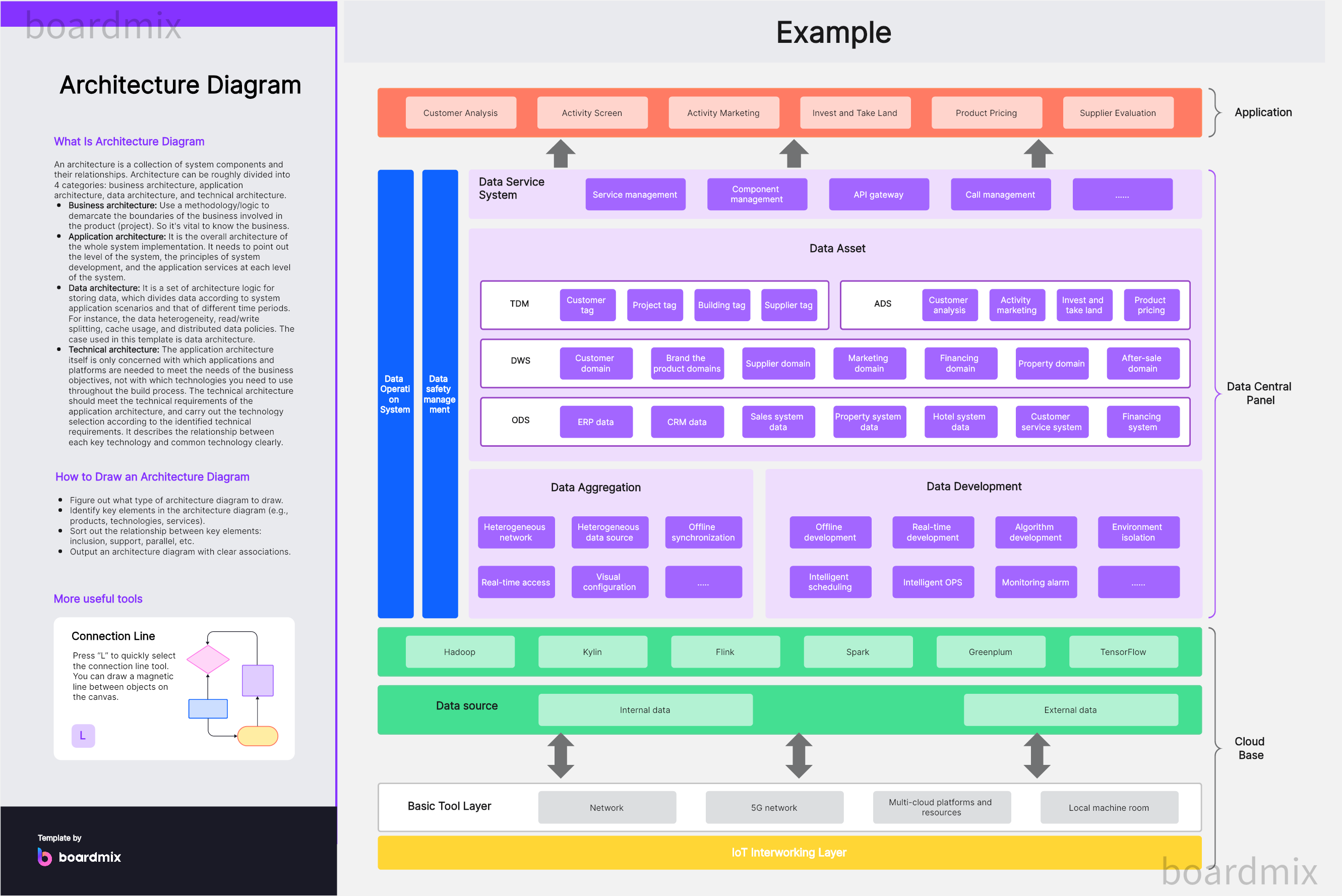
How Many Types of EA Architecture Are There?
There are several types of enterprise architecture, including:
- Business Architecture: This focuses on the structure and organization of the business, including its goals, processes, capabilities, and organizational structure.
- Data Architecture: This deals with the management and organization of data within the enterprise, including data models, data flows, data storage, and data governance.
- Application Architecture: This focuses on the design and structure of applications within the enterprise, including software systems, platforms, and interfaces.
- Technology Architecture: This deals with the infrastructure and technology components that support the enterprise's applications and systems, including hardware, networks, servers, and cloud platforms.
- Security Architecture: This focuses on ensuring the security and integrity of the enterprise's data and systems, including risk assessment, security policies, and security controls.
- Integration Architecture: This deals with how different systems and applications within the enterprise are integrated and communicate with each other.
These different types of enterprise architecture work together to provide a holistic view of the organization and its IT landscape, helping to align business goals with technology strategies and enabling efficient and effective operations.
What is an Enterprise Architecture Example?
An example of enterprise architecture is a framework that outlines the structure, components, and relationships of an organization's business processes, information systems, technology infrastructure, and data. It provides a blueprint for how these elements should work together to support the organization's goals and objectives.
For example, a company may have an enterprise architecture that includes a business process model, showing the flow of information and tasks across different departments. It may also include an application architecture, specifying the software systems and platforms used within the organization. Additionally, the enterprise architecture may include a data architecture, outlining how data is stored, organized, and shared across the organization.
By having a clear and well-defined enterprise architecture, organizations can better understand their current state, identify areas for improvement, and align their IT investments with business strategies. It helps ensure that technology decisions are made in a structured and coordinated manner, leading to more efficient operations and better business outcomes.
What are Enterprise Architecture Skills?
Enterprise architecture skills refer to the abilities and knowledge that professionals need to practice and contribute to the field of enterprise architecture effectively. These skills can include technical knowledge, analytical thinking, communication and collaboration abilities, and a deep understanding of business processes and technology infrastructure. Some specific enterprise architecture skills may include:
- Technical knowledge: This includes an understanding of different technologies, systems, and platforms that are commonly used in enterprises. It also involves knowledge of data management principles, application development methodologies, and security best practices.
- Analytical thinking: Enterprise architects need to be able to analyze complex systems and processes, identify patterns and relationships, and think critically about how different components and elements fit together. They should be able to break down complex problems into manageable parts and propose practical solutions.
- Communication and collaboration: Effective communication is crucial in enterprise architecture, as architects often need to work with various stakeholders, including business leaders, IT professionals, and external vendors. They should be able to clearly communicate complex technical concepts to non-technical audiences and facilitate collaboration between different teams and departments.
- Business acumen: Enterprise architects need to have a deep understanding of business operations, goals, and strategies. They should be able to align technology solutions with business objectives, identify opportunities for innovation and improvement, and assess the impact of technology decisions on the organization as a whole.
- Leadership skills: Enterprise architects often play a leadership role in driving technology initiatives and influencing decision-making. They should be able to inspire and motivate teams, influence stakeholders, and navigate complex organizational structures.
Overall, enterprise architecture skills require a combination of technical expertise, analytical thinking, communication abilities, and business acumen. Professionals with these skills can effectively contribute to the design, implementation, and optimization of enterprise systems and processes.
How to Choose the EA Framework?
When choosing an Enterprise Architecture (EA) framework, there are several factors to consider. Here are some guidelines to help you make the right decision:
- Alignment with business objectives: Choose an EA framework that aligns with your organization's goals and objectives. The framework should support your organization's unique needs and provide a structure for achieving your strategic objectives.
- Scalability and flexibility: Consider the scalability and flexibility of the framework. It should be able to adapt to changes in your organization's size, scope, and technology landscape. Look for a framework that can accommodate future growth and evolving business requirements.
- Industry best practices: Look for an EA framework that incorporates industry best practices and standards. This ensures that you are following established guidelines and benefiting from the collective wisdom of the industry.
- Tool support: Consider whether the framework has tools and resources available to support its implementation. These tools can help automate processes, capture and manage EA artifacts, and facilitate collaboration among stakeholders.
- Community and support: Evaluate the community around the EA framework. Is there a strong community of practitioners who can provide guidance and support? Are there forums, user groups, or conferences where you can learn from others and share experiences?
- Compatibility with existing frameworks: If your organization already has existing frameworks or methodologies in place, consider how the EA framework will integrate with them. Look for compatibility and opportunities for synergy between different frameworks.
- Vendor neutrality: Consider whether the EA framework is vendor-neutral or tied to a specific vendor's products or services. Vendor-neutral frameworks provide more flexibility and independence in selecting technology solutions.
- Training and certification: Check if there are training programs and certification opportunities available for the chosen EA framework. This can help you and your team build the necessary skills and knowledge to effectively implement the framework.
By considering these factors, you can make an informed decision and choose an EA framework that best suits your organization's needs. Remember that there is no one-size-fits-all solution, so it's important to assess your specific requirements and select a framework that aligns with your organization's goals and objectives.
How to Create a Robust Enterprise Architecture for Your Business?
Creating a robust EA Architecture model for your business isn't just about technical design or system integration. It's about building a strategic roadmap that aligns your IT capabilities with your business objectives. It's about enabling efficient communication across all levels of your organization, fostering innovation, and driving competitive advantage. Let's discover how you can create a robust EA that propels your business forward.
Step 1: Define Your Business Objectives
The first step in creating a robust EA is to define your business objectives. This will help you identify the IT systems that are required to achieve those objectives. You should also consider the current state of your IT infrastructure and identify any gaps that need to be addressed.
Step 2: Identify Your Stakeholders
The next step is to identify your stakeholders. This includes everyone who is involved in the development and implementation of your IT systems. You should also consider the needs of your customers and other external stakeholders.
Step 3: Develop Your EA Framework
Once you have identified your business objectives and stakeholders, you can begin to develop your EA framework. This should include a high-level overview of your IT systems, as well as detailed information about each component.
Step 4: Create Your EA Roadmap
With your EA framework in place, you can now create your EA roadmap. This should include a timeline for the development and implementation of each component of your IT systems. You should also consider any dependencies between components and plan accordingly.
Step 5: Implement Your EA
The final step is to implement your EA. This involves the development and implementation of your IT systems according to your EA roadmap. You should also monitor the performance of your IT systems and make adjustments as necessary.
By following these steps, you can create a robust enterprise architecture that aligns with your business objectives and helps you achieve your goals.
Creating A Model with Boardmix EA Template Online
As an online collaboration integration tool, Boardmix provides ready-made editable EA templates. These templates not only help you quickly create timelines but can also be customized and modified according to project needs, greatly improving work efficiency.
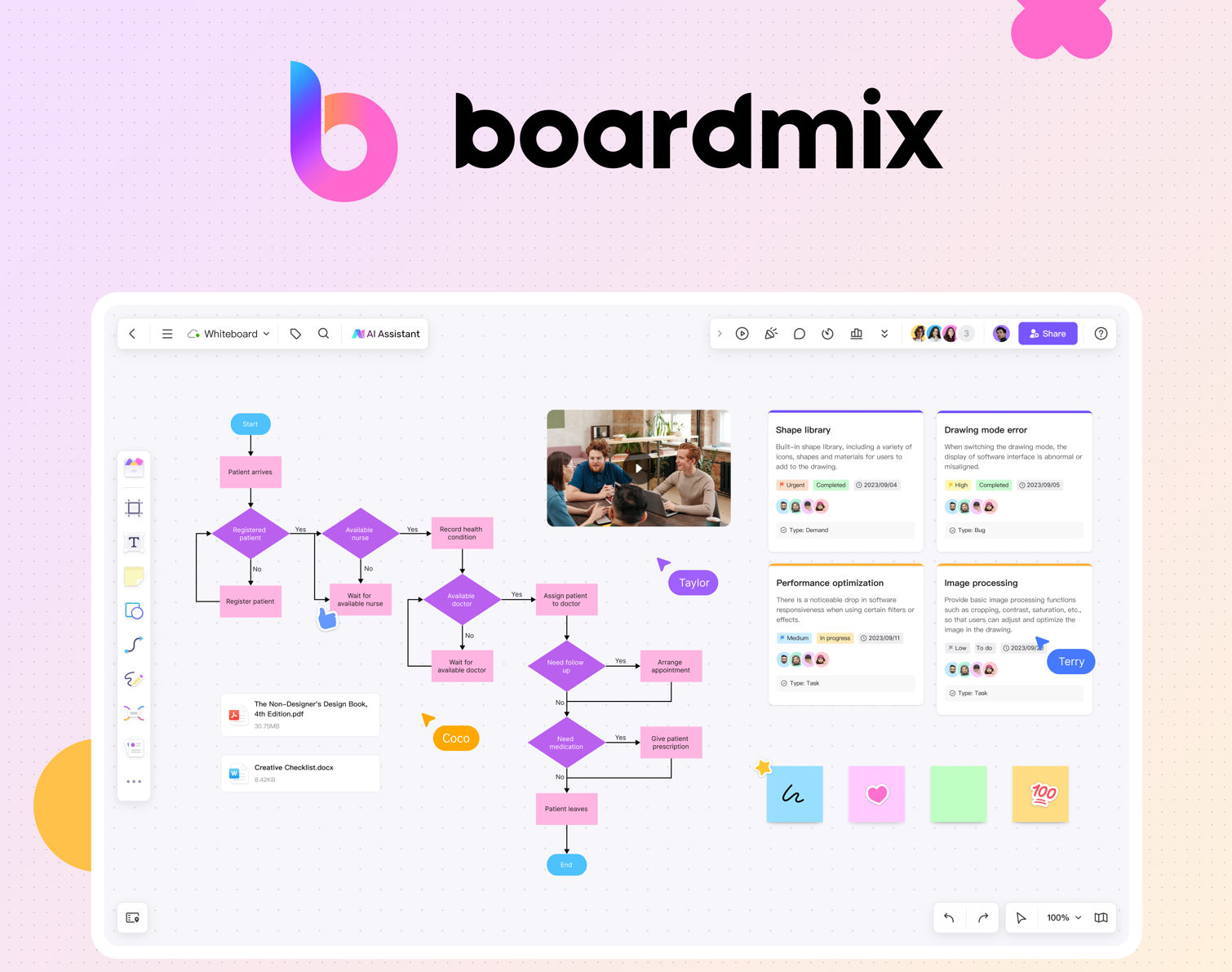
Benefits of Creating EA mode in Boardmix
Creating an EA model with the Boardmix EA Template offers several benefits to your organization.
- Improved efficiency and effectiveness: By using the Boardmix EA Template Online, you can streamline the process of creating an EA model. The template provides a pre-designed structure and framework, allowing you to quickly and easily develop your EA model. This saves time and effort, resulting in improved efficiency and effectiveness.
- Consistency and standardization: The Boardmix EA Template Online promotes consistency and standardization in your EA model. It provides predefined elements and relationships that adhere to industry best practices and standards. This ensures that your EA model is consistent and easy to understand, enabling better communication and collaboration among stakeholders.
- Comprehensive documentation: The Boardmix EA Template allows you to document all aspects of your organization's architecture comprehensively. It provides predefined sections for capturing information about business processes, applications, technology infrastructure, data management, and more. This ensures that your EA model covers all relevant areas, providing a holistic view of your organization's architecture.
- Easy customization: The Boardmix EA Template offers flexibility in customizing your EA model. It allows you to add, modify, or remove elements and relationships according to your organization's specific needs. This ensures that your EA model accurately represents your unique architecture and aligns with your business goals and objectives.
Steps of Creating EA Architecture in Boardmix
Creating an enterprise architecture diagram in Boardmix involves several steps. Here is a step-by-step guide:
- Log in to Boardmix: If you don't have a Boardmix account, log in with your email and navigate to the home of Boardmix.
- Search appropriate diagram type: Boardmix offers various diagram types for creating enterprise architecture diagrams, such as process flow diagrams, application landscapes, and technology infrastructure diagrams.
- Drag and drop elements: Using Boardmix's intuitive interface, drag and drop the elements onto the canvas to represent the different components of your enterprise architecture. For example, you can add boxes to represent business processes, icons to represent applications, and symbols to represent technology infrastructure.
- Connect the elements: Once you have added the elements to your diagram, connect them using appropriate relationships or connectors. Boardmix provides a range of connectors, such as arrows or lines, to visually represent the relationships between different components.
- Customize the diagram: Boardmix allows you to customize the appearance of your diagram by changing colors, fonts, and styles. You can also add labels, annotations, or descriptions to provide additional information about each component.
- Review and revise: Once you have created your enterprise architecture diagram, review it to ensure accuracy and completeness. Make any necessary revisions or adjustments based on feedback from stakeholders or subject matter experts.
- Share and collaborate: Boardmix provides collaboration features that allow you to share your enterprise architecture diagram with others. You can invite stakeholders to view or edit the diagram, and collaborate in real time to make updates or improvements.
- Maintain and update: Enterprise architecture is a dynamic discipline, so it's important to regularly maintain and update your diagram as your organization evolves. Boardmix provides version control and change management features to help you keep track of revisions and updates.
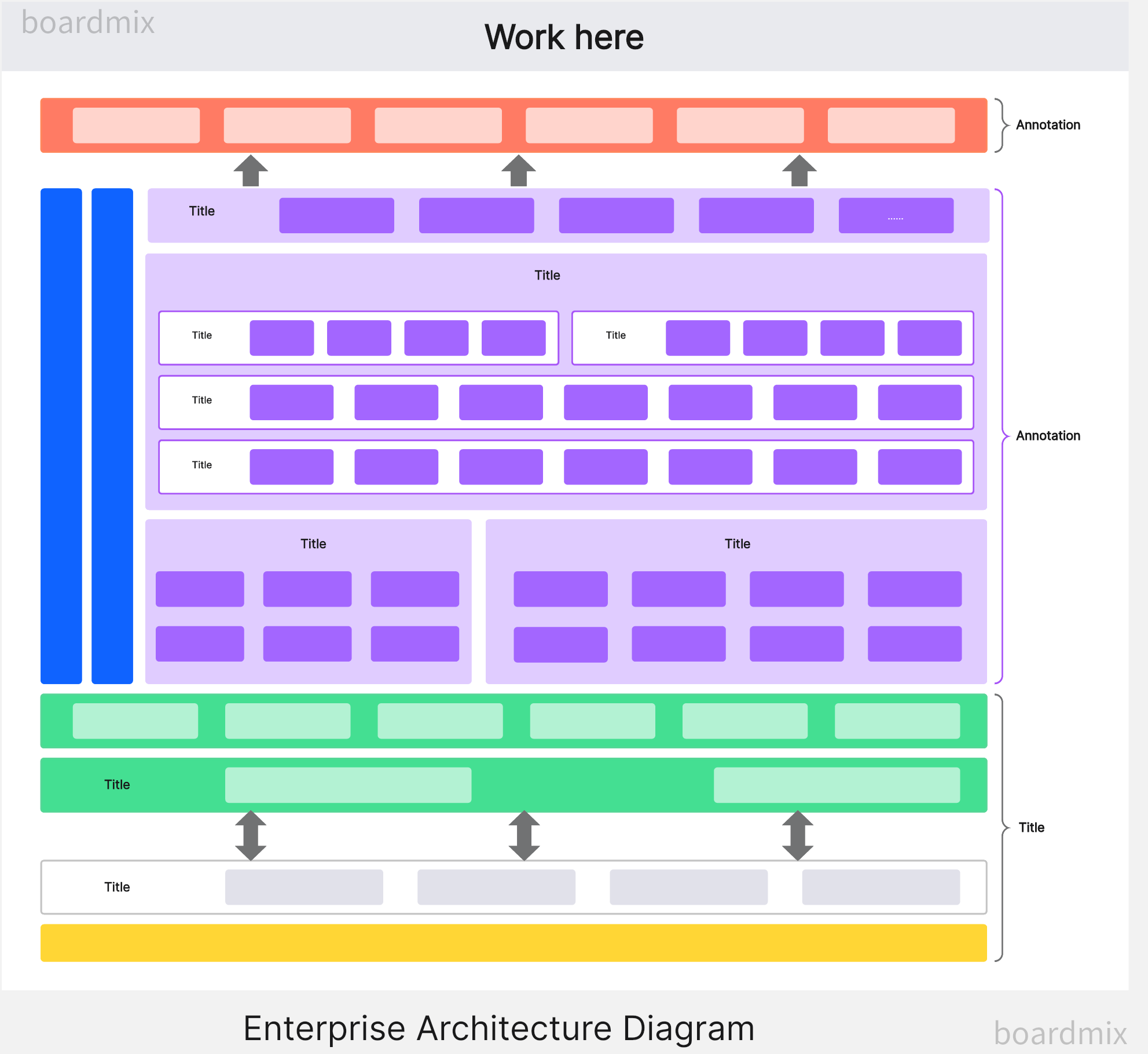
In summary, creating an EA model with the Boardmix EA Template Online offers numerous benefits.Following these steps, you can create a comprehensive and visually appealing enterprise architecture diagram using Boardmix. By leveraging the features of the template, your organization can achieve better alignment between business and IT, improved communication and collaboration, and more effective architecture management.






